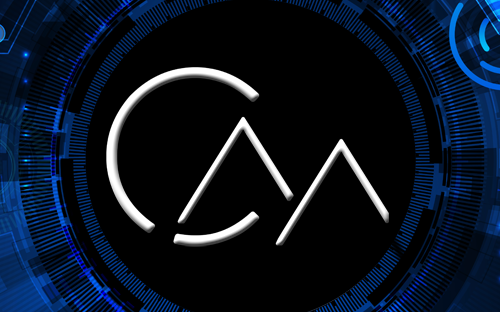To determine whether it is a recession, the Commission looks at the size of the recession, its duration and whether economic activity has slowed throughout the economy, the National Bureau of Economic Research said in a statement Monday. The recession was not caused by a crisis in the financial sector, as it was during the last great recession, Rouse said. Many economists believe the U.S. is in for a prolonged U-shaped recession, in which economic output falls, then recovers and finally rises again, as it did during the Great Recession. This is not a typical economic crisis, Rouse said, adding that most economists consider the economy to be generally healthy. The Great Recession is an economic downturn that started in the financial sector and spread to the rest of the economy, Stiglitz said. According to Furman, Covid-19 led to the fastest slowdown in economic activity in the U.S. or in the world economy that has ever been seen. We are in a very unusual situation, said Cecilia Rouse, an economist and dean of the Woodrow Wilson School of Public and International Affairs at Princeton University. What is particularly unusual about the current recession is how quickly it is affecting us, especially in terms of unemployment, says Joseph Stiglitz, economist and Nobel laureate at Columbia University. What’s unusual here is that we don’t necessarily want people to do what the federal government can impose on them, Rouse says. In that sense, this is a spontaneous recession, which is very unusual for the United States, says Jason Furman, an economist and professor at Harvard Kennedy School. The United States is officially in an economic recession, the private nonprofit research organization National Bureau of Economic Research said Monday. Here are three key differences between this pandemic recession and previous recessions such as the Great Recession, and what those differences could mean for the recovery. The Great Recession, which lasted from December 2007 to June 2009, was caused by the subprime crisis and low lending standards that led to the collapse of the mortgage industry. Although the NBER officially announced that the Great Recession began in December 2007, unemployment did not peak until October 2009. The differences between this coronavirus-induced economic recession and previous recessions make it difficult to determine its outcome. Within weeks of the start of the current crisis, the unemployment rate exceeded the peak of 10 percent recorded during the Great Recession.
